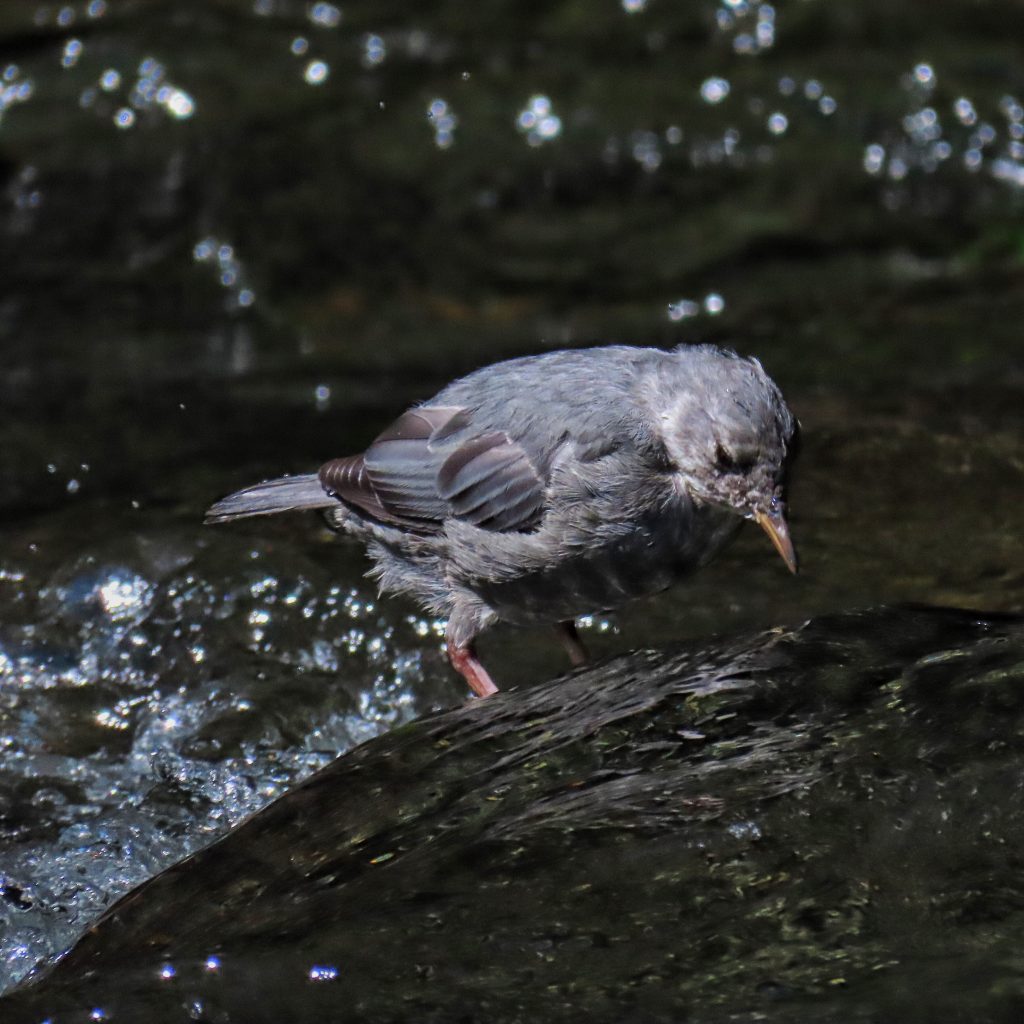
John Muir, Father of the modern conservation movement, and a man acquainted with most of the feathered species which could be found in the Sierra Nevada Mountains, considered American Dippers (which he called Water Ouzels) to be his favorite bird. A short quote from the entire chapter he wrote about this species will serve to show the regard he had for them;
“He is the mountain streams’ own darling, the humming-bird of blooming waters, loving rocky ripple-slopes and sheets of foam as a bee loves flowers, as a lark loves sunshine and meadows. Among all the mountain birds, none has cheered me so much in my lonely wanderings, –none so unfailingly. For both in winter and summer he sings, sweetly, cheerily, independent alike of sunshine and of love, requiring no other inspiration than the stream on which he dwells…”
“The Mountains of California “; Chapter 13, “The Water-Ouzel”.
Dippers are stocky, velvet gray birds with yellow legs, and white, feather covered eyelids. In size they fall midway between sparrows and robins. They get their common name from the regular bobbing they do when perched along a watercourse.
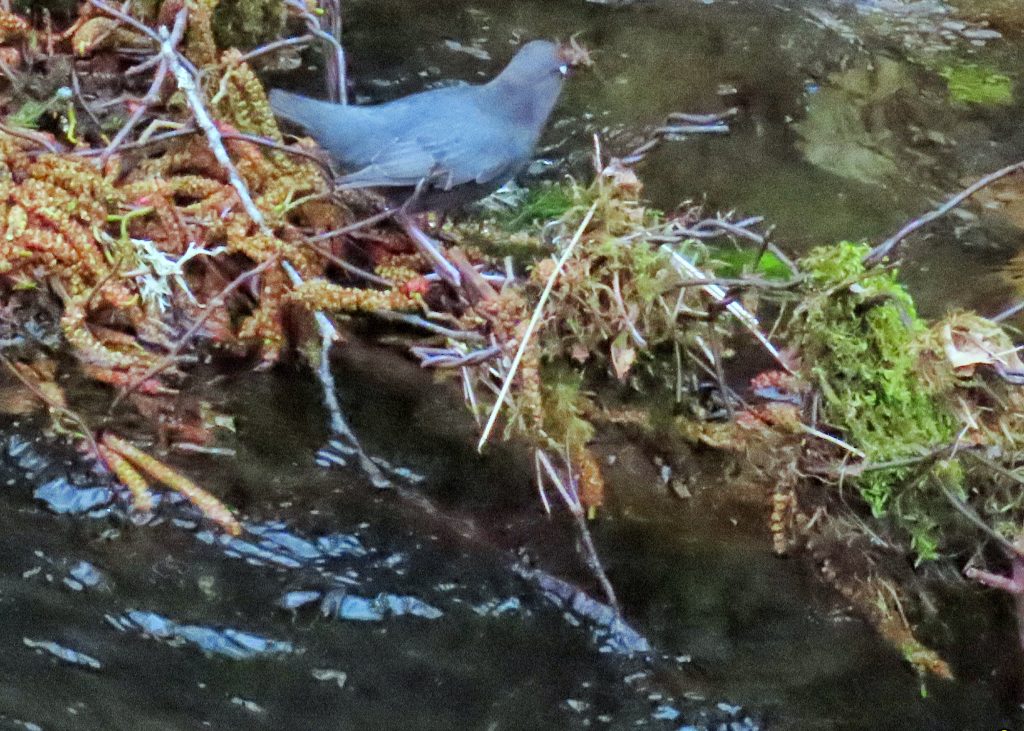
There are 3 main theories as to why they do this (the Dippers aren’t telling). One is that it changes the glare angle of light on water and allows them to better see their prey. The second is that, in conjunction with their blinking white eyelids and frequent vocalizing, it is a form of communication. And then there is the idea, which seems most likely to me, that they do it as camouflage, to break up their outline against the moving water. And possibly it has all three purposes, since anything that seems that compulsory may well have multiple survival benefits
But the most interesting thing about American Dippers (Water Ouzels is the name I prefer for its exotic flavor, and because I first heard of these birds reading Muir in high school, but it isn’t really appropriate because the Old World ouzels are thrushes, and our dippers are in their own family Cinclidae) is that they are our only songbird which dives underwater! To accommodate these plunges they have, in addition to the clear nictitating membrane, scales which can cover their nostrils, a dense underlayer of down to keep them warm in frigid water, and large oil glands with which to waterproof their feathers, waterproofing which is so effective that I have seen them emerge from the water and land on a nearby rock, with but a single drop of water sliding down their shanks to dampen the stone.
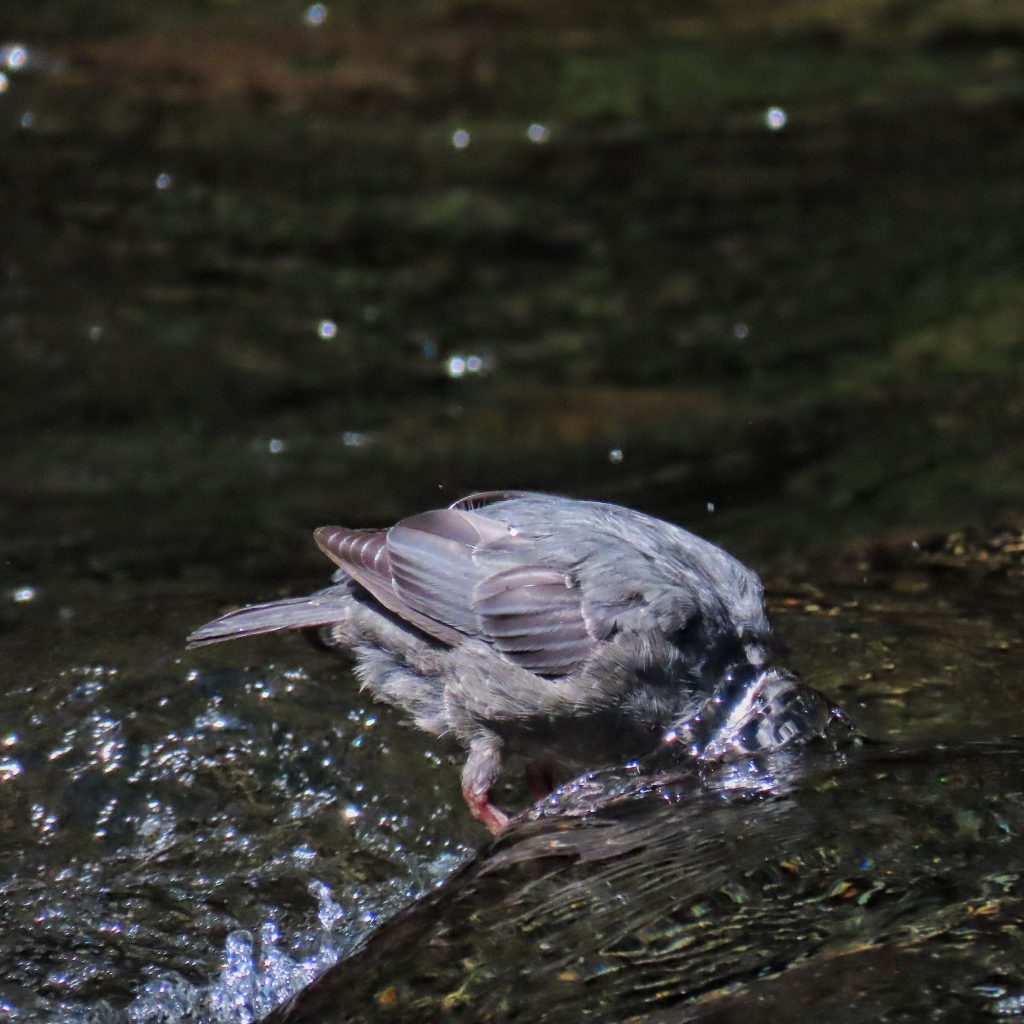
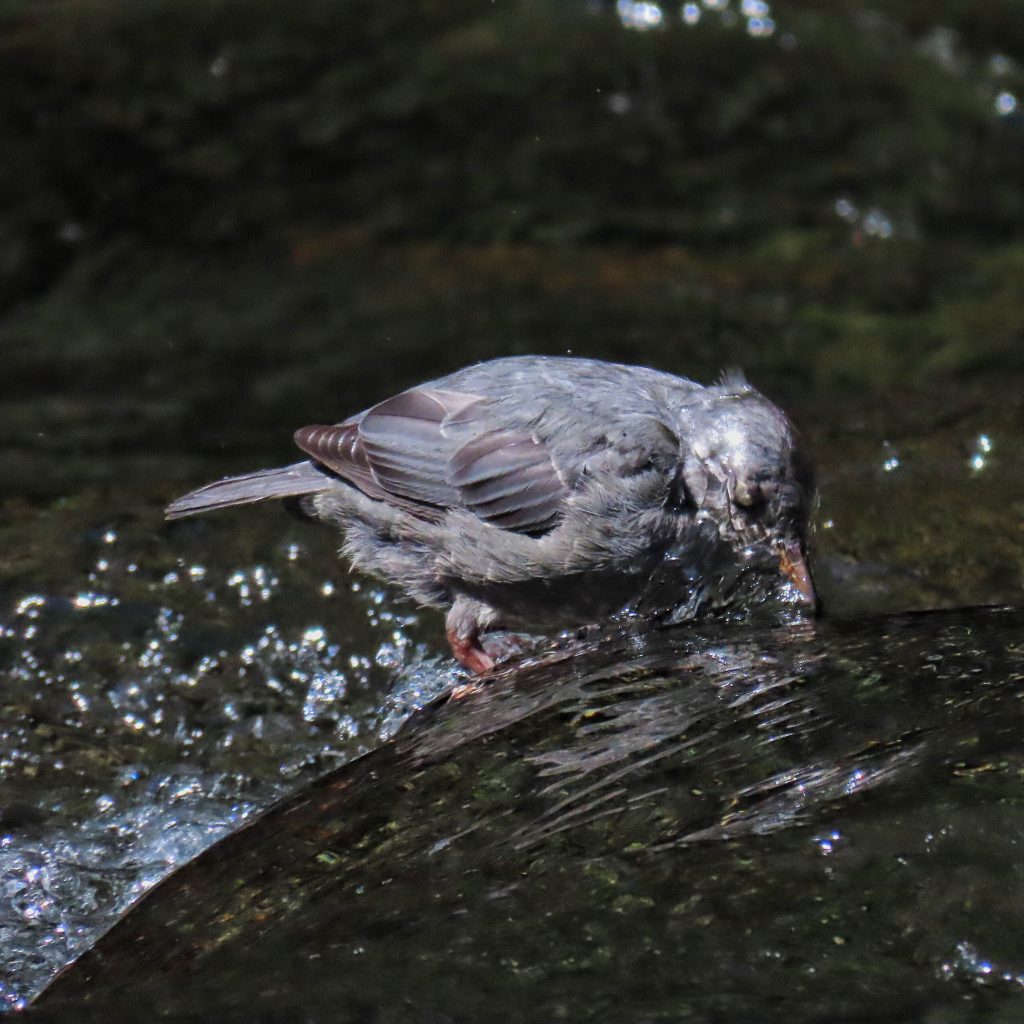
They often hunt from exposed or shallowly wet instream boulders, or the shallow edges of fast, cold watercourses, and then suddenly dive in, using powerful talons to grip the bottom as they hunt for invertebrates, small fish and amphibians. In deeper water they use their wings to swim. Smaller prey they swallow whole, while the vertebrates are subdued with a few raps on a nearby blunt object.
Nests are built of moss and grass, usually on a covered ledge near the water. Midstream boulders, exposed rootwads, bridges, and even waterfalls are favored locations. In a temperate climate with good food supplies they will commence courtship in February, and try to raise two broods per year consisting of 4-5 young per brood. Dippers don’t migrate, per se, but they will move to lower elevations in midwinter if their home stream ices over.
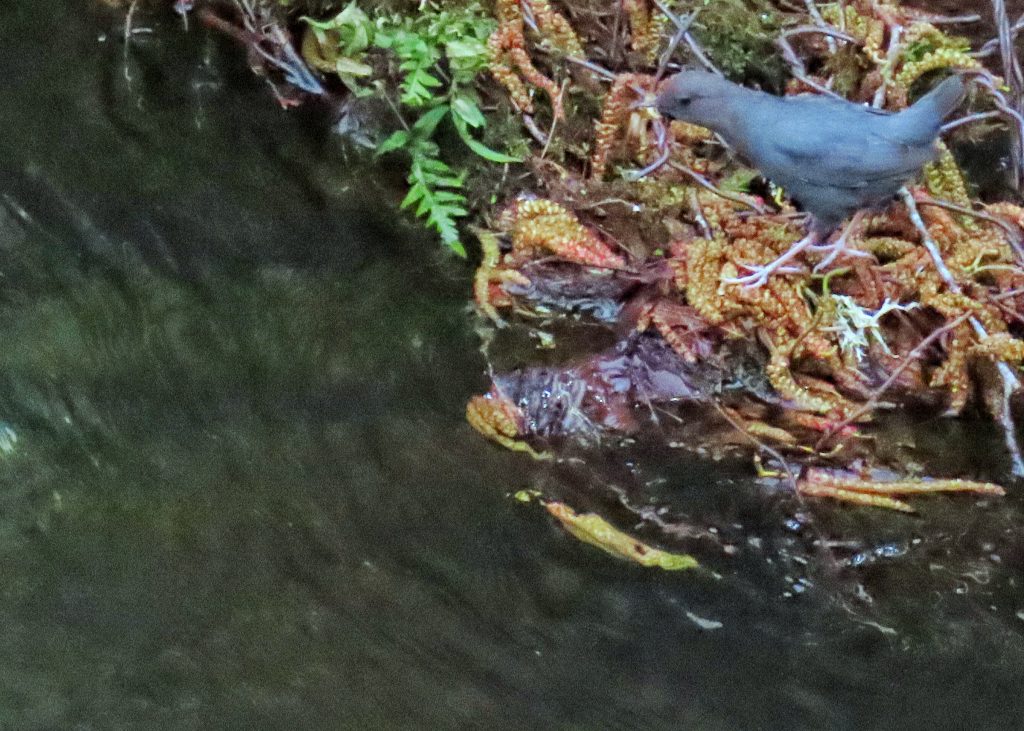
https://www.allaboutbirds.org/guide/American_Dipper/overview
https://www.audubon.org/field-guide/bird/american-dipper
https://vault.sierraclub.org/john_muir_exhibit/writings/the_mountains_of_california/chapter_13.aspx
Size- 7 1/2” tall
Habitat- Fast, cold, clear, clean watercourses
Range- Region wide in appropriate habitat
Eats- Invertebrates, small fish and larval amphibians
Breeding Season- As early as February in temperate climates. May have two broods if conditions are conducive
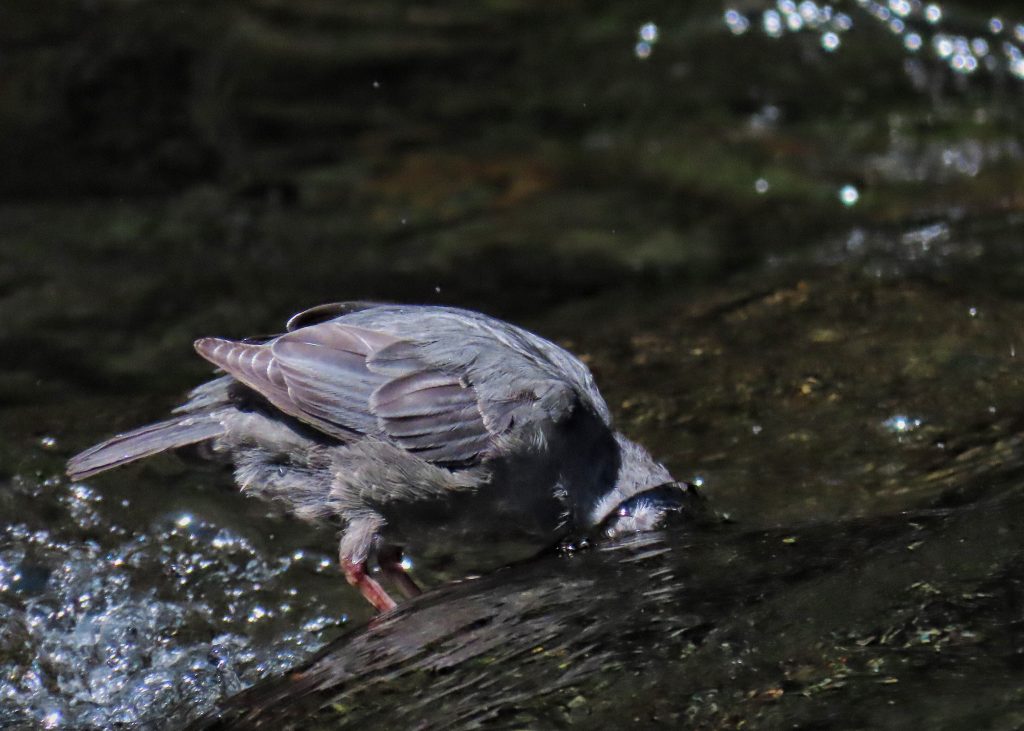
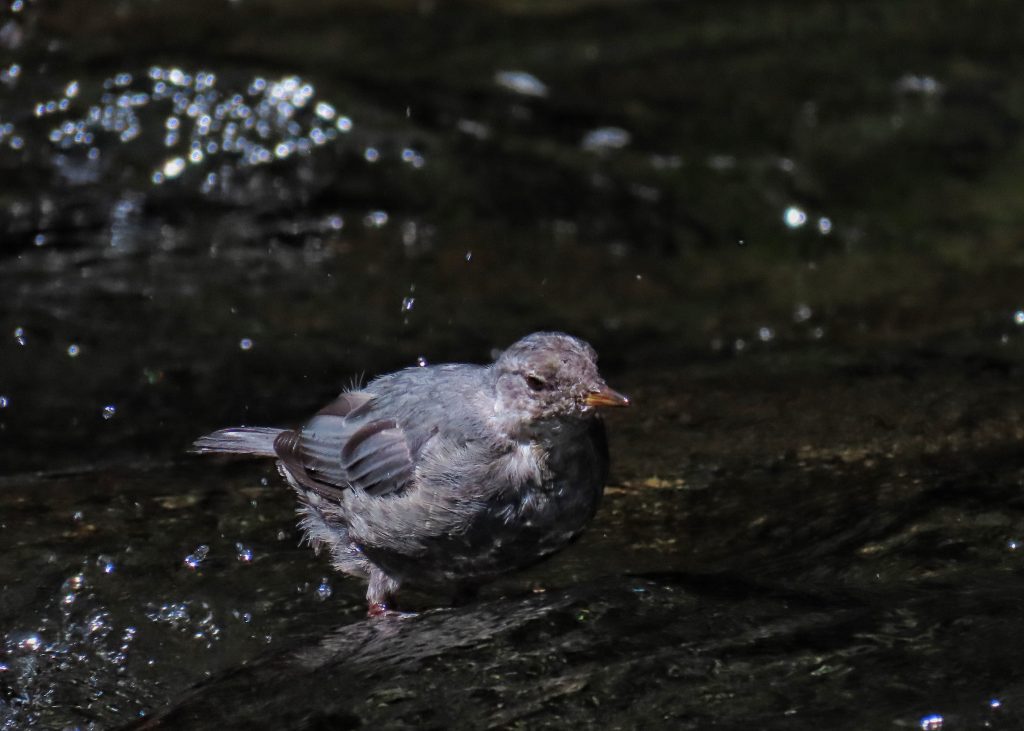
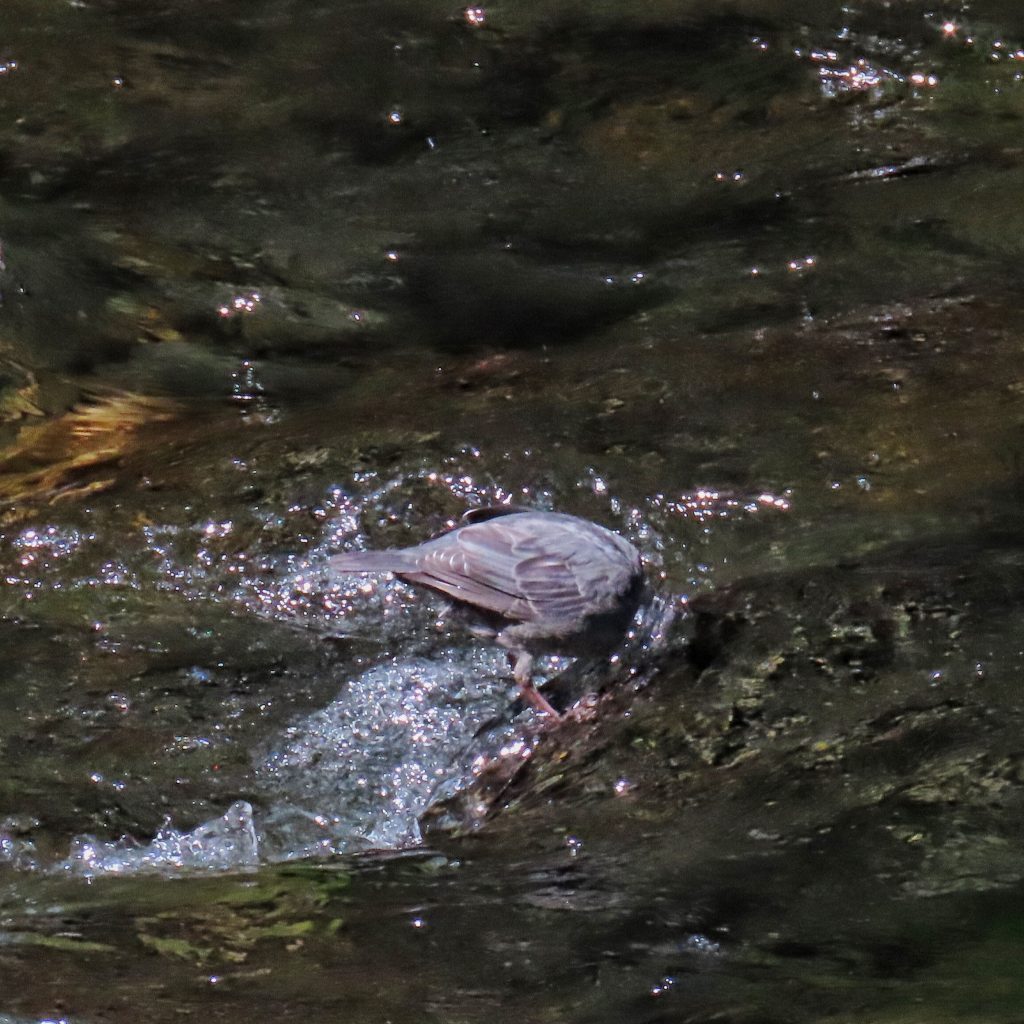
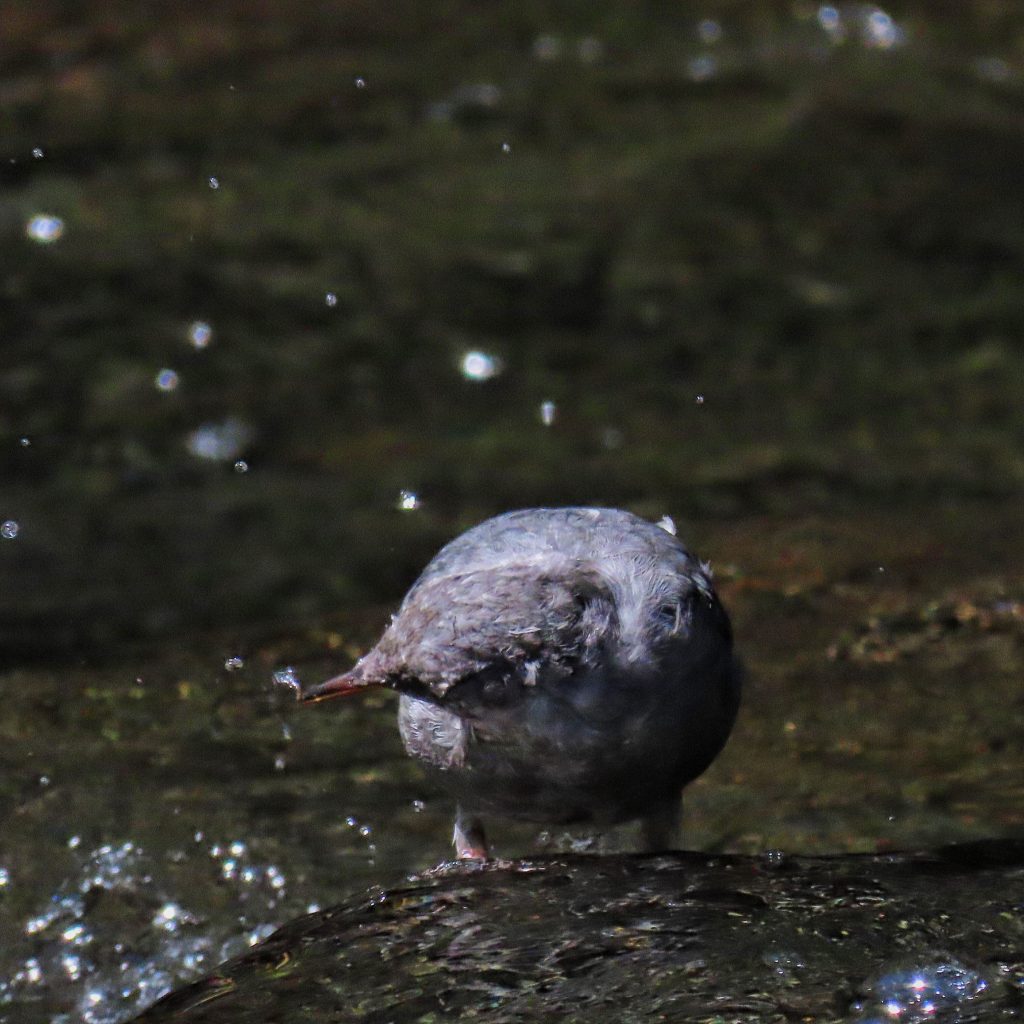
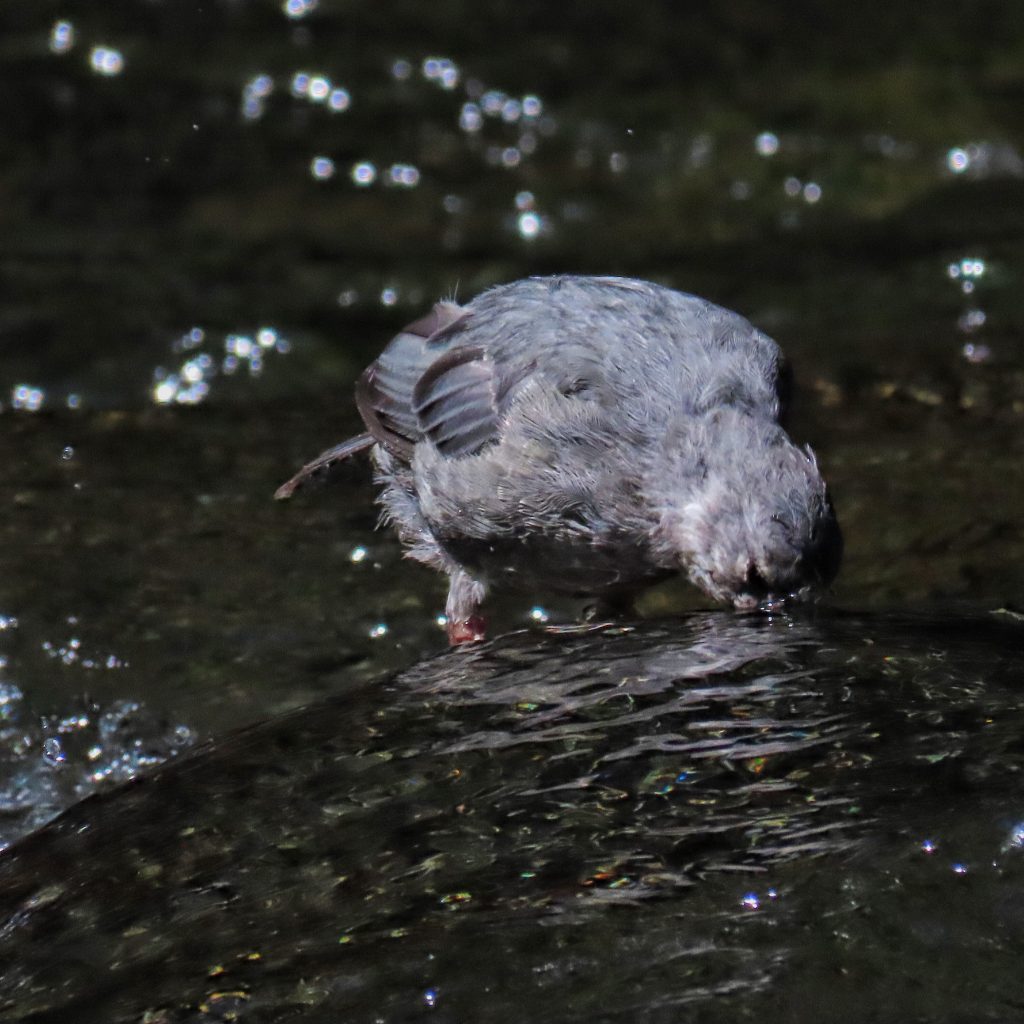
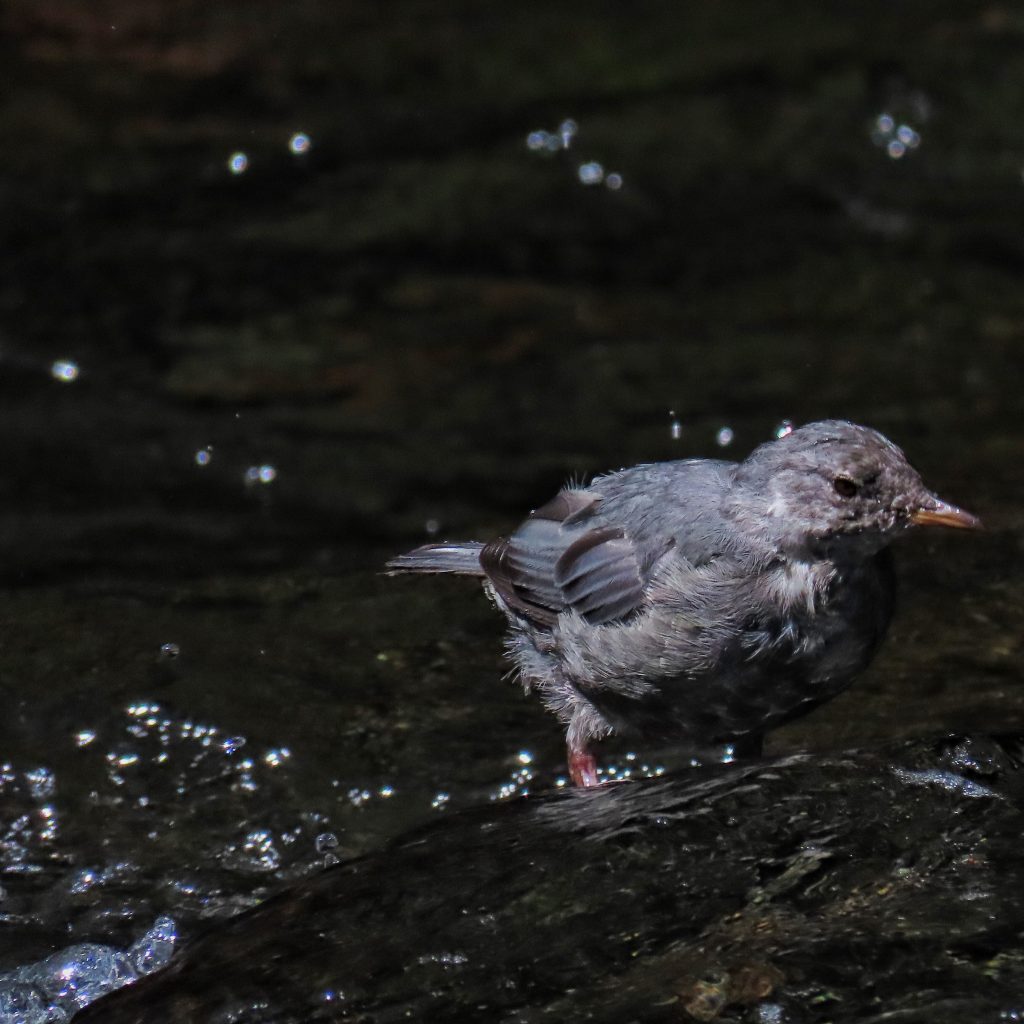
These are great photographs Dan. It’s magical to run across one of these guys along a stream and lovely to see them up close. Thanks!
Thanks Clara!
Very interesting to learn about these charming birds! I love the photos too!
Had fun watching them you during our picnic on the Wilson River!
Great photos! These are one of our favorites to try to find while hiking along streams and rivers. Our first ever was at the base of Paulina Falls (Newberry Volcanic Monument near Bend, OR). Have found them since in rivers in Oregon, but for some reason not while we’ve been in Washington.
Back when I was doing a lot of trout fishing I missed a lot of strikes because I was watching Dippers! They are so entertaining and compelling!